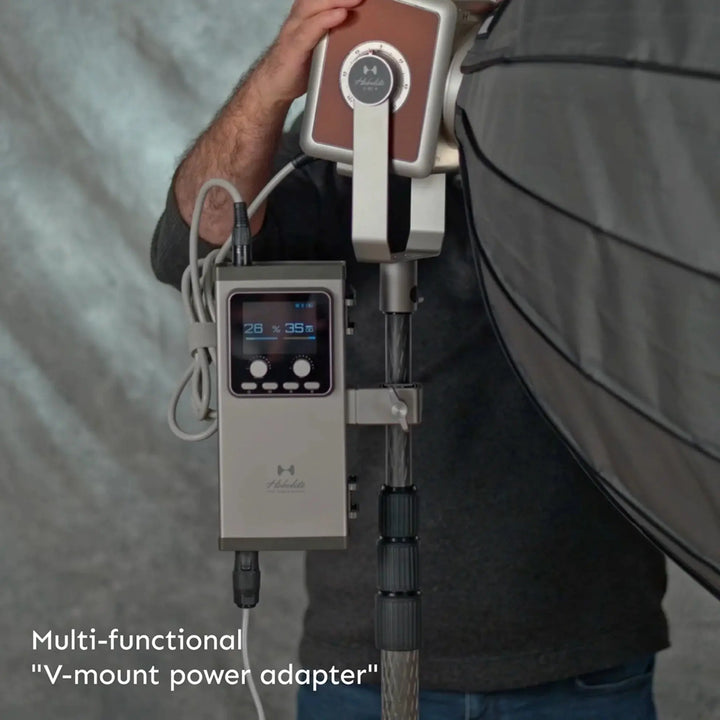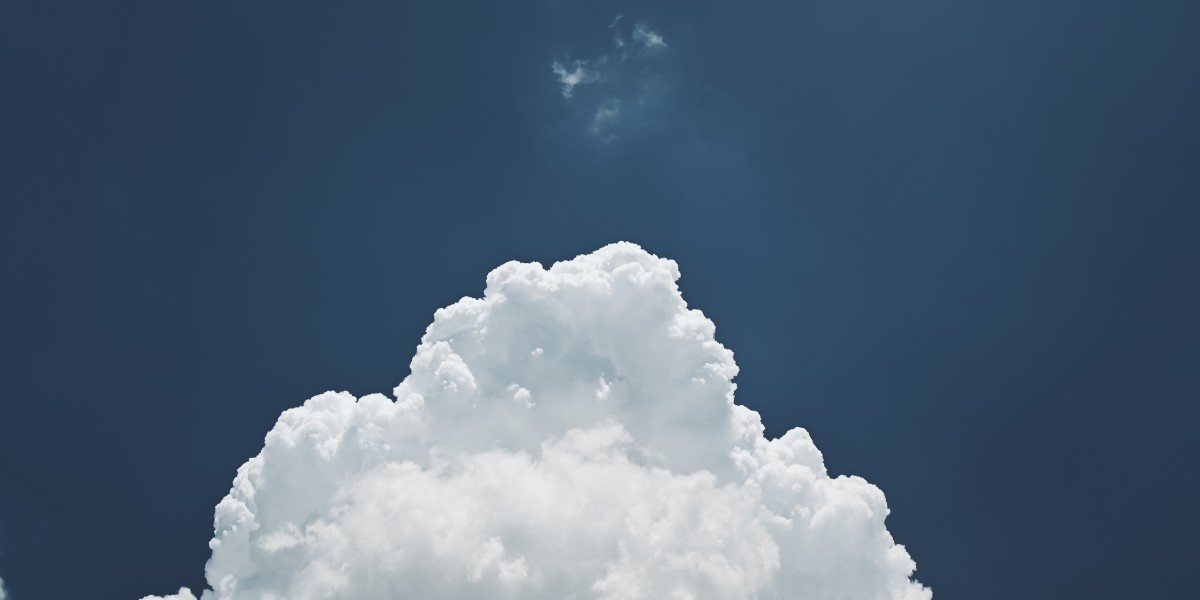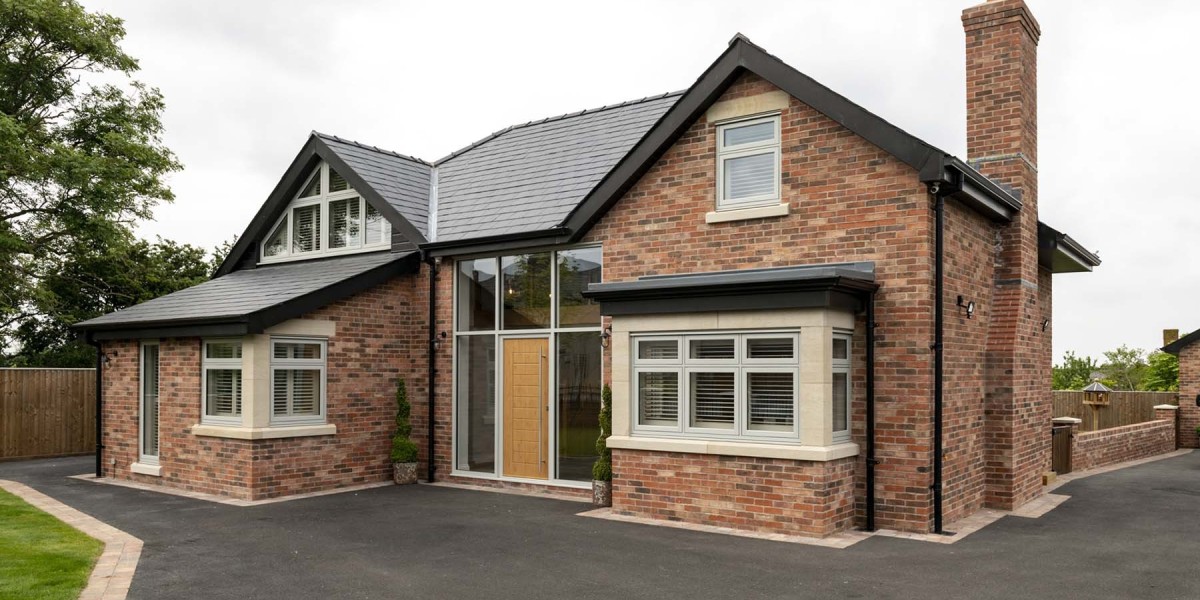Unleash Your Inner Photographer: Discover the Secrets to Choosing the Perfect Studio Lights!
When it comes to photography, lighting can make or break an image. Whether you're shooting portraits, products, or creative compositions, the right studio lights can elevate your work to a professional level. Unlike natural light, which can be unpredictable and dependent on time of day or weather conditions, studio lights offer consistent illumination that empowers photographers to control their environment. In this article, we will explore the various types of studio lights available, the factors you should consider when making a purchase, and best practices for setting them up in your own photography studio. By the end, you'll be equipped with the knowledge to choose the perfect lighting setup that suits your unique photographic style.

Understanding Photography Studio Lights
Photography studio lights are artificial light sources designed to illuminate subjects in a controlled environment. They are essential tools for serious photographers who want to achieve high-quality images with precise control over lighting. Unlike natural light, which can vary greatly in intensity and color temperature, studio lights provide a stable and customizable lighting solution. They enable photographers to manipulate shadows and highlights, create depth, and enhance textures in their images. For instance, I remember a friend who was struggling with shadows in her portrait photography until she invested in a quality studio light setup. The difference was remarkable—her subjects appeared more vibrant, and her photographs gained a professional touch. Understanding the role of studio lights is crucial for anyone looking to improve their photography skills.
Types of Studio Lights
When it comes to studio lights, there are several types to choose from, each with its own features and advantages. The most common types include continuous lights, flash units, and LED lights. Continuous lights emit a constant beam of light, allowing photographers to see how the light affects their subject in real-time. Flash units, on the other hand, provide a powerful burst of light that freezes motion and is ideal for capturing sharp images. LED lights are gaining popularity due to their energy efficiency and versatility. Each type of lighting has its own ideal use cases, so understanding their characteristics will help you make an informed decision based on your photography style and needs.
Continuous Lights
Continuous lights are a great option for beginners, as they allow you to see the effects of your lighting before you take the shot. This type of lighting is especially beneficial for video production or shooting stills in a studio where ambient light is limited. Continuous lights are often equipped with softboxes or diffusers to soften the light and reduce harsh shadows, making them suitable for portrait and product photography. My friend, who primarily does family photography, swears by her continuous lights for their ease of use, especially when working with young children.
Flash Units
Flash units are another popular choice for photographers, particularly for those specializing in portrait and event photography. These lights create a brief, intense burst of illumination, which can help freeze action and produce sharp, well-exposed images. Flash units come with various settings that allow you to adjust the power output, making them suitable for both indoor and outdoor shoots. I once attended a wedding where the photographer used flash units to capture stunning images against a sunset backdrop. The results were breathtaking, showcasing the importance of choosing the right equipment.
LED Lights
LED lights have become increasingly popular in modern photography studios due to their energy efficiency and versatility. They offer a wide range of color temperatures, allowing photographers to match the light to their desired mood or setting. Additionally, LED lights produce less heat than traditional lights, making them more comfortable to work with during long shoots. Their compact size and portability also make them a favorite among photographers who shoot on location. With the rise of social media and video content creation, many creators are now incorporating LED lights into their setups for vibrant and dynamic looks.
Factors to Consider When Choosing Studio Lights
Choosing the right studio lights involves considering several key factors. First, assess the light intensity you need for your photography style—brighter lights are ideal for high-speed photography, while softer lighting is better for portraits. Color temperature is another crucial aspect; you want to ensure that the lights can produce the correct hue to match your shooting environment. Additionally, think about mobility—if you plan to shoot in various locations, lightweight and portable options may be more suitable. Lastly, consider any additional equipment you may need, such as light stands, modifiers, or reflectors, to enhance your lighting setup. By evaluating these factors, you can make a more informed decision that aligns with your creative vision.
Setting Up Your Studio Lights
Once you've chosen your studio lights, the next step is to set them up effectively. Proper positioning and angling are crucial to achieving optimal results. Experimenting with the distance of the light from the subject can create varying effects; for instance, moving the light closer can produce a dramatic look, while positioning it further away softens the shadows. Using modifiers such as softboxes or reflectors can help diffuse the light, creating a more flattering appearance for portraits. Remember to take test shots to evaluate the lighting before committing to a shoot. Setting up your lights correctly will not only enhance your images but also boost your confidence as a photographer.
Choosing the Right Studio Lighting for Your Photography
Choosing the right studio lights is essential for any photographer looking to improve their craft. By understanding the different types of studio lights, considering key factors before making a purchase, and learning how to set them up effectively, you can achieve stunning results in your photography. Remember, the journey to mastering lighting is one of experimentation and practice, so don't hesitate to try different setups and find what works best for you. With the right studio lights, you'll be well on your way to capturing breathtaking images that reflect your unique vision and style.








